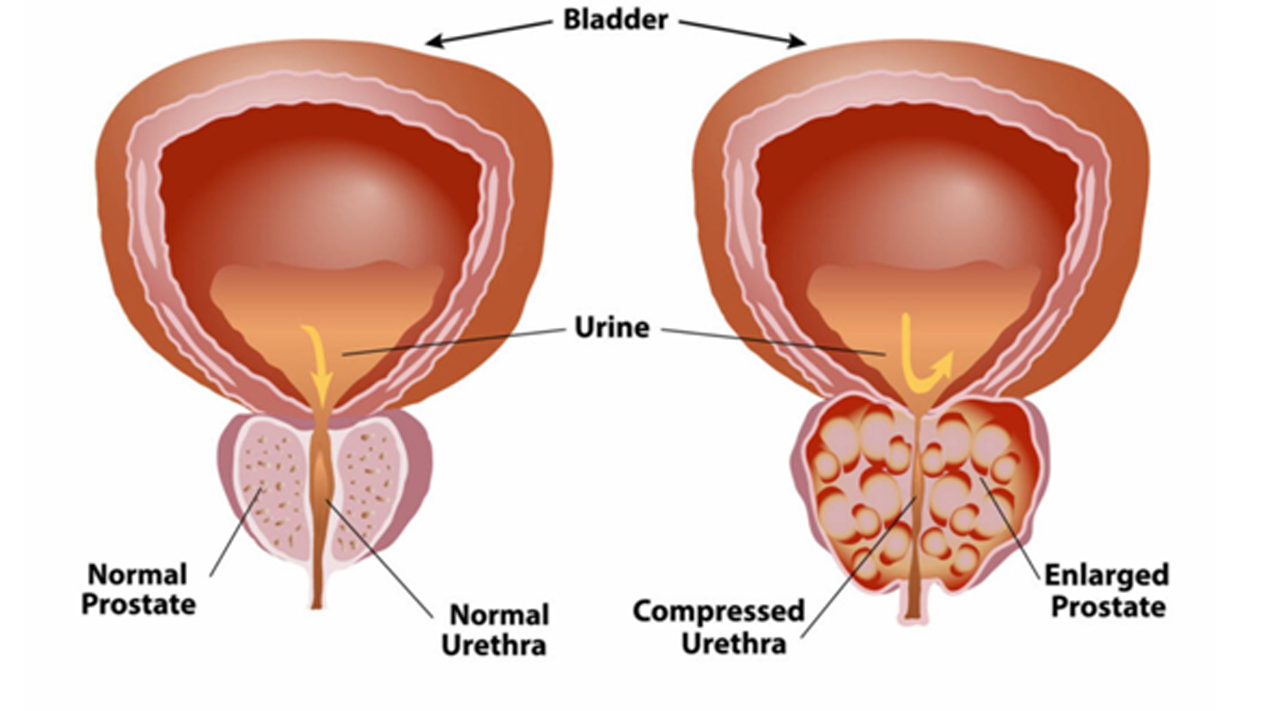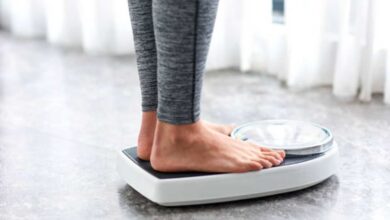
Benign Prostatic Hyperplasia, or BPH, is synonymous with an enlarged prostate and is a quite common condition in men. With BPH, embarrassing symptoms will compromise the daily routine of the patient. Since BPH is not cancerous, it can, however, cause systemic complications and severely affect urinary functionality.
Therefore, let’s go through manifestations of BPH, techniques for effective management, and introduce therapies like Flokind D in the alleviation of symptoms and quality of life.
Benign Prostatic Hyperplasia
Benign Prostatic Hyperplasia, or BPH for quick, is an growth of the prostate this is benign. The prostate encloses the urethra-the tube that contains urine out of the body-beneath the bladder. This enlarged prostate may cause the urethra to narrow, bringing about many urinary symptoms. BPH is very common in older men since nearly half of all the men aged 50 have had enlargement.
Key Symptoms of BPH
Early detection is key to proper treatment of BPH. Some common symptoms include:
- Urination frequency: Nearly all the men suffering from BPH constantly experience the urge to urinate and this is very frequent at night.
- Ability or inability to initiate urination: They are known as hesitancy-are among the most frequent signs of BPH
- Reduced flow of urine: The pressure with which urine flows may change with urethral pressure.
- Incomplete bladder emptying: They feel that they can never completely empty the bladder
Symptoms of urinary retention
BPH leads to urinary retention. This is when it is punitively difficult to urinate at all, causing pain or a sensation of bloating within the bladder.
If you have any of these symptoms more especially if they start to be menacing to your normal life habits, then it will not do any good not visiting a doctor.
The more severe symptoms of BPH include urinary retention. In this case, the patient is not in a position to wholly eliminate his urine or, worse still, cannot urinate at all. The following are some possible symptoms associated with urinary retention:
- Pain or aching in the lower abdomen
- Frequent urination but is unable to pass much, if any, urine
- Infrequently unable to start or maintain flow of urine
If untreated, urinary retention progresses to complications like infections and rupture of the bladder or kidneys.
Benign Prostatic Hyperplasia Diagnosis
Doctors can diagnose Benign Prostatic Hyperplasia via the subsequent steps:
- Physical Examination: The medical doctor can check the prostate with a virtual rectal examination.
- Urine Tests: They could assist to rule out infections and other causes of the symptoms.
- Blood Tests: Renal characteristic exams or measurement of the Prostate-Specific Antigen (PSA)
- Ultrasonography and Uroflowmetry: Ultrasonography and measurement of urine go with the flow may help to determine the quantity of obstruction.
Benign Prostatic Hyperplasia Treatment
If diagnosed with BPH, BPH could be treated in a variety of ways depending on the severity of the symptoms.
Lifestyle Interventions
- In many patients, relatively mild symptoms of BPH can be relieved through lifestyle measures. These are:
- Avoid fluids at night in order to reduce the frequency of urination at night
- Avoid irritative medication such as caffeine and alcohol, which excites the bladder
- Regular exercises for general body maintenance and for muscles of bladder
Medications
The condition may be too powerful for that patient and stronger medications can be administered. Flokind D is one of the most commonly used composition that contains Dutasteride and Tamsulosin.
- Dutasteride: Dutasteride relaxes the muscular mass by suppressing various hormones that cause growth inside the prostate. This drug actually reduced the size of the prostate organ. Therefore, the urinary effects would gradually decrease with the possibility of surgery over a period of time.
- Tamsulosin: This is an alpha-blocker. This produces the relaxing of muscles in the prostate and bladder neck to facilitate the easy passage of urine. Mainly relieves symptoms of urinary retention and enhances quality of life in patients with BPH.
- Combination: These ingredients, in Flokind D, put together reduce the size of the prostate, and all symptoms are cured, making it a comprehensive treatment for BPH management.
Minimally invasive procedures
If the medications are not working and unbearable, then there are fewer invasive treatments that one may undergo. Some of these include:
Transurethral Microwave Thermotherapy (TUMT). These burn off the excess prostate tissue through heat.
Transurethral Needle Ablation (TUNA). In this procedure, it shrinks prostate size through radiofrequency energy.
These take only a few minutes and less time in recovery as well as surgery.
Surgical Options
If these treatments and minimally invasive procedures do not work, then more invasive interventions such as TURP are considered. This is usually just considered in the most severe BPH cases that have urinary retention symptoms very apparent or other complications have manifested.
Preventive Tips in Managing BPH Symptoms
Although BPH is in essence an age-related condition, some lifestyles may help individuals delay the onset of its symptoms or even reduce the severity:
- The more active in the physical body, the better: Physically active men are mostly of less body mass and have low levels of stress that may be associated with prevention of BPH symptoms.
- Healthy Diet: Sufficient fruits and vegetables and whole grains could protect a healthy prostate.
- Low red meat, especially rich fats: Low intake of saturated fats is, in the opinion of experts, considered good for the prostate.
- Hydration: Water intake in excess of 24 hours keeps your urinary system healthy. Avoiding fluids at night should reduce that unwanted nocturia.
Lifestyle Habits for Your Urinary Health and Comfort
Even though you can live with BPH symptoms, these lifestyle practices can keep your urinary function and urinary comfort .
- Kegel Exercises The strength of the pelvic floor muscle could enable having your bladder control returned
- Healthy Weight Losing weight has also been proven to improve the symptoms of BPH
- Routine Exams Early detection of urinary or prostate issues saves time and further intervention.
FAQ
1. What is Flokind D?
Flokind D was designed to be able to address the symptoms of BPH, which commonly occur with a urinary flow that is rather hard in character but of low force. The symptoms often start alongside urinary retention. The two major active drug components, Dutasteride and Tamsulosin work synergistically to cause a decrease in the size of the prostate, and then urine flows easily by relaxing the muscles.
Symptoms of Urinary Retention of BPH
Urination may be a little difficult, not very forceful and may be able to occur with reduced force. It is mainly associated with urinary retention.
Symptoms are mainly linked with BPH. In this disease, the urinary retention takes place because of oversized prostate that completely blocks the urine flow. The effects may be painful urination or a person goes to the bathroom all the time, and in extreme cases, there may also be urinary retention.
2. How should I take care of my urinary system?
Hydration; Kegel exercises; avoiding excessive caffeine and excessive alcohol consumption; in BPH patients, medications such as Flokind D that improve urinary comfortability.
3. At what stage do I go and consult the physician?
For instance, if symptoms of BPH recur or worsen so that a patient finds he cannot pass urine, then he should seek medical attention. Early detection and treatment could improve quality of life and decrease the chance for complications.







